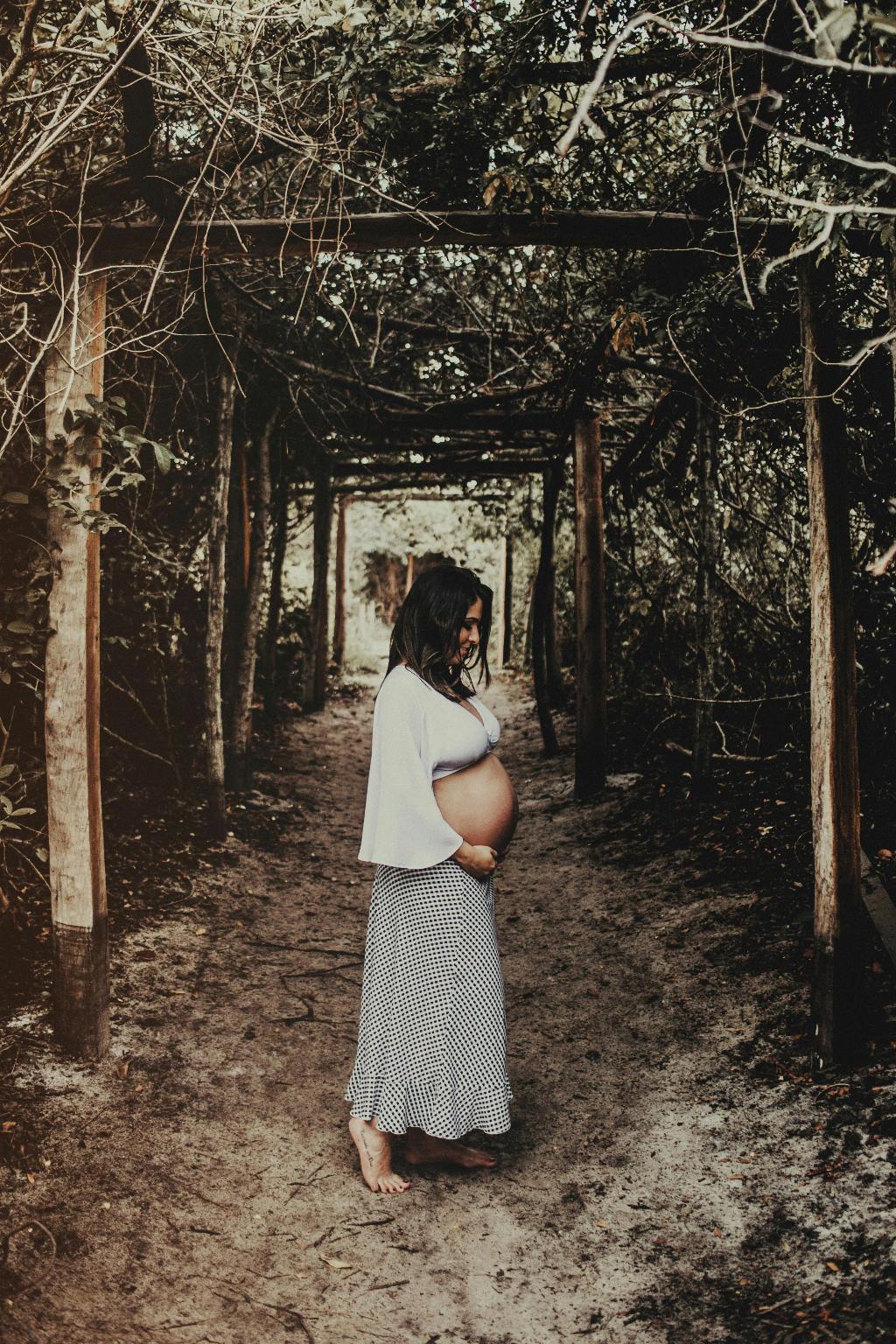When it comes to selecting the right type of panties after a C-section, there are a few factors to consider. One of the key considerations is comfort, as you’ll want to ensure that your chosen undergarment doesn’t irritate your incision area. This is where the choice of high-waisted, soft, and breathable panties comes into play.
Benefits of Granny Panties Post C-section
Granny panties, often considered the go-to choice for many women after delivery, can be a great option post C-section as well. Their high-waisted design helps to avoid putting pressure on the incision site, which can aid in the healing process. Additionally, the elastic waistbands provide a comfortable and secure fit without causing any discomfort.
Material Matters
Opting for panties made from soft, breathable materials such as cotton can help prevent irritation and allow for better air circulation around the incision area. Avoiding synthetic fabrics that may trap moisture and cause discomfort is essential in promoting proper healing after a C-section.
Choosing the Right Size
Ensuring that you select the correct size of panties is crucial for both comfort and healing. Tight undergarments can put unnecessary pressure on the incision and cause discomfort, while overly loose ones may not provide the necessary support. Finding the right balance is key.
Consider Compression Panties
Compression panties can also be a viable option after a C-section. They offer support to the abdominal area, which can help with recovery and provide a sense of security. However, it’s essential to ensure that the compression level is appropriate and that the panties do not put too much pressure on the incision site.
The Importance of Breathability
Choosing panties with good breathability is essential for promoting proper healing after a C-section. Proper air circulation around the incision area can help prevent infection and aid in the overall recovery process. Opt for panties made from breathable materials to ensure comfort and hygiene.
Avoiding Irritation
Avoiding panties with rough seams or embellishments is crucial after a C-section, as these can cause irritation and discomfort around the incision site. Opt for seamless or tagless options to minimize friction and ensure that your panties don’t interfere with the healing process.
Comfort is Key
Above all, prioritizing comfort when selecting post C-section panties is paramount. Opt for panties that feel soft against your skin and provide the right level of support without causing any irritation. Your comfort and well-being during the healing process should be the primary focus.
Consult with Your Healthcare Provider
Before making a decision on which panties to wear after a C-section, it’s always advisable to consult with your healthcare provider. They can offer personalized recommendations based on your individual recovery needs and help ensure that you choose the most suitable undergarments for postpartum healing.
Listen to Your Body
Ultimately, the choice of post C-section panties should be guided by your own comfort and well-being. Listen to your body and pay attention to any signs of irritation or discomfort. Adjust your undergarment choice as needed to promote proper healing and ensure a smooth recovery process.
Final Thoughts
When it comes to selecting the best panties after a C-section, focusing on comfort, breathability, and proper fit is key. Granny panties, compression options, and soft, breathable materials can all be good choices for postpartum recovery. Prioritize your comfort and well-being, and don’t hesitate to seek guidance from your healthcare provider if needed.

